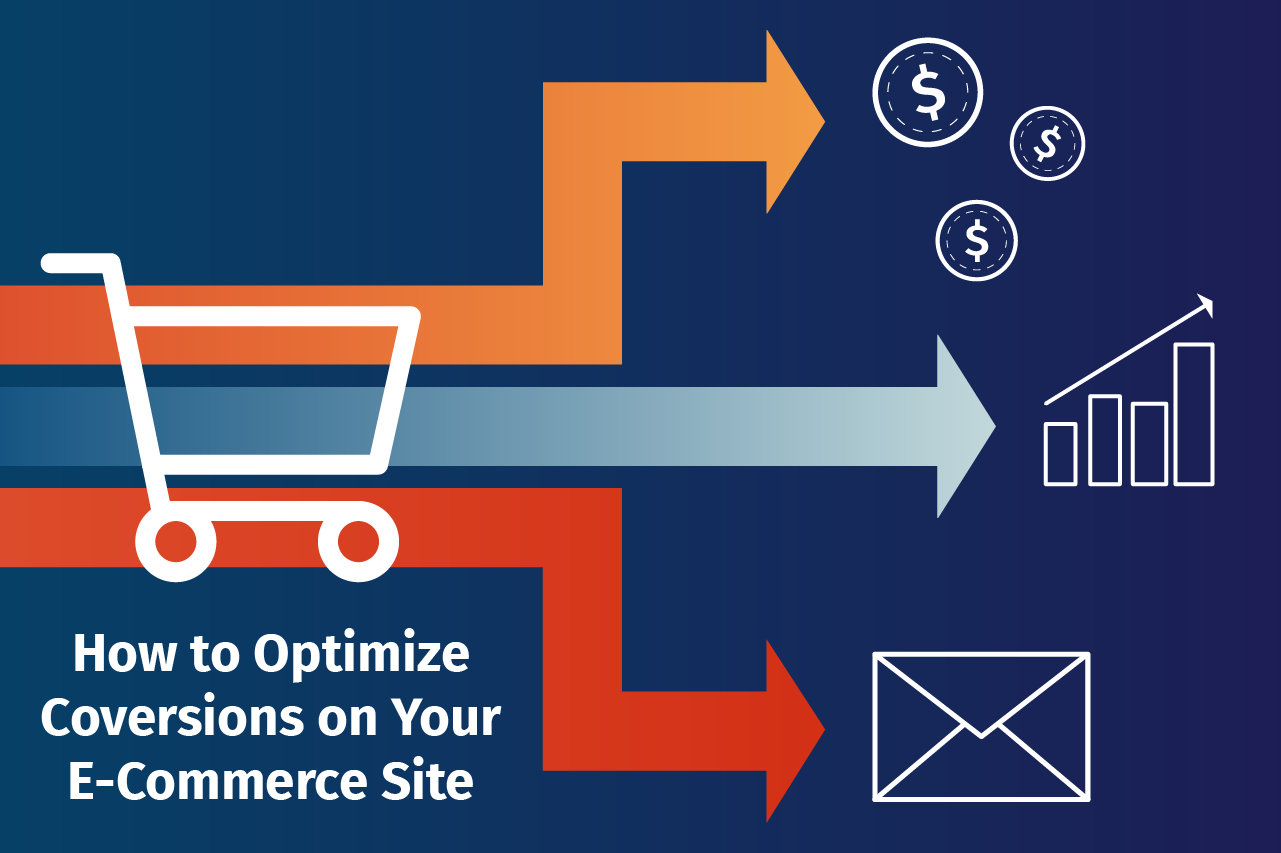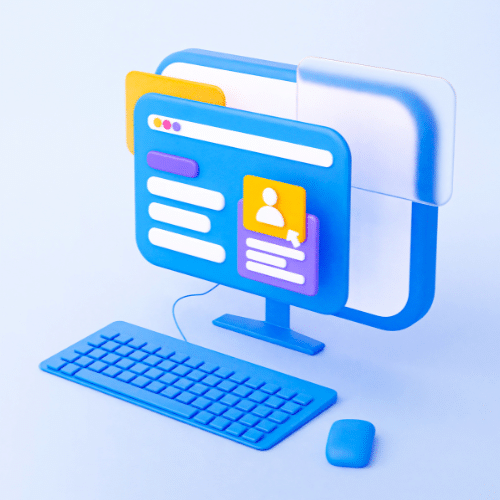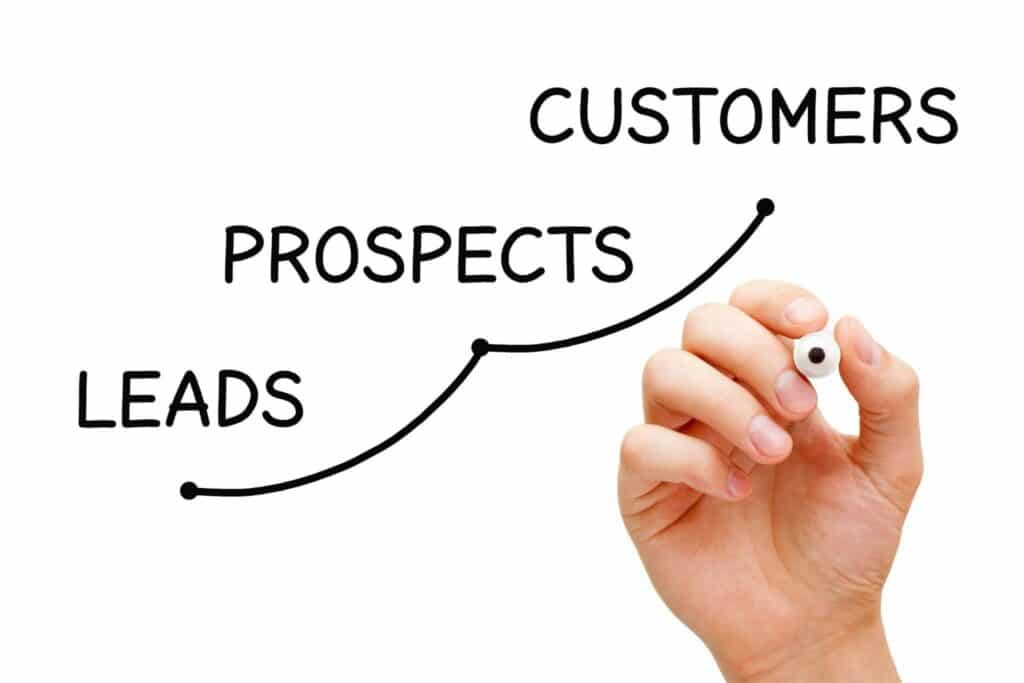
E-Commerce is a booming frontier many business owners are trying to stake their claim in. It’s projected that there will be over 2 billion digital buyers worldwide in the year 2021. As more and more businesses move online, especially after the impact of 2020’s pandemic, savvy business owners are doing all they can to capitalize on this booming consumer space.
One way to make sure you’re keeping up with your competitors is to focus on conversion optimization.
What is Conversion Optimization?
A “conversion” in marketing is defined as converting a customer to take action for a particular business goal. When we talk about conversions in regard to online e-commerce marketing, we are attempting to changesite visitors into paying customers and steadily increase that rate.
Sometimes conversion rates can also refer to another action you want your site visitors to take such as signing up for your newsletter. Regardless of what you want your site visitors to do, the overarching goal of conversion optimization is to increase your efficiency in attaining conversions.
Much like other digital marketing practices (such as search engine optimization), there isn’t just one method of implementing e-commerce conversion optimization. When you set out to optimize your site, you’ll need to try multiple methods and do regular maintenance to assure your strategies are working across the board of devices we use today.
Luckily, a little can go a long way when you start to make changes in the name of converting site visitors into paying customers.
How To Optimize Your Conversion Rates
As we mentioned, there isn’t a one-size-fits-all approach to conversion rate optimization (CRO). Your strategy will depend on the existing interface of your website and where you need to improve.
Many times, a potential customer starts with the online advertising methods you’ve set up and how that ad will lead the customer to a particular page on your website.
Let’s walk through some of the best tactics you can implement when optimizing your e-commerce website.
Set a Goal
Before you set out to optimize your conversion rates, it’s wise to get a snapshot of where they’re currently at and where you want them to be. You can view this data using tools such as Google Analytics, Google AdWords, or even a heatmap (heatmaps track user activity on select pages on your website to better understand their engagement and where they are most interested).
On average, e-commerce conversion rates are around 1% – 2%. With that in mind, it’s often a good idea to set a baseline goal to exceed a 2% conversion rate on your e-commerce site.
How To Calculate Your Conversion Rate: x conversions ÷ y visitors = conversion rate
Start With Your Home Page
Oftentimes, the first page a visitor to your site will see is your home page. This is precious real estate that you should not take for granted. Take the space on your homepage to highlight the best products and offerings of your business. You can also take the opportunity to sell your site visitors on your values and mission.
Just remember that your home page is a valuable marketing asset that’s important to drawing in conversions.
Your home page should also be easy to navigate. If someone who’s never visited your site lands on your home page and can’t find what they’re looking for quickly, they’re likely to head back to the SERP (search engine results pages) and search elsewhere. Be sure you have clear pathways on the home page for your potential customers to explore.
If you don’t plan on leading customers directly to your home page, create a better landing page. The landing page will be the page a potential customer enters on your website from an ad click or a click on search engines where that page is displayed.
Display Your Products Attractively
Your product pages offer a quick overview of your wares and a call to action for your potential customers to convert. The last thing you want to do is publish a half-baked catalog that doesn’t showcase your products in their fullest glory.
Use your product pages to convince your potential customers that they should do business with you. What makes your product special? Why should they decide to shop with you instead of your competitor? Show them why with high-quality written descriptions, photos, and videos. And be sure to optimize any media you upload to lower page load time too.
If your product is as good as you say it is, include a reviews section where you can show an aggregate rating of your product.
Create Intuitive Product Categories
Speaking of products, how you organize them can make or break your conversion rates as well. Just like your home page, your product categories must be presented as a manicured pathway your potential customers can leisurely stroll through until they find a product that piques their interest. That is if they don’t already have a product in mind.
If your categories are organized more like an advanced-level game of I Spy your site visitors will bounce.
Organize your products intuitively. That means dividing up your offerings into groups that make sense. The goal is to make the shopping experience as streamlined as possible. Only 11% - 22% of e-commerce shoppers use the search bar to find what they're looking for. The rest will look through your categories manually.
Break down your catalog into a handful of main categories and then you can go on to create subcategories from there. This makes it easier for your customers to quickly locate the product(s) they’re looking for.
Offer Free Shipping
Now before you say you can’t afford to offer free shipping, stop to consider the psychology of an online shopper. No one likes hidden prices or a surprise $10 shipping fee as they move to checkout. When you offer free shipping, it doesn’t necessarily mean you need to pay the difference. It can actually just mean you’re including the shipping rate in the price of the product. This can be an appealing draw to a customer and could lead to higher conversion rates.
Use Limited-Time Coupon Codes
Coupons are another major draw for online shoppers. Putting an expiration date on your deals can instill a sense of urgency in your site visitor. In this now-or-never scenario, they might decide it’s worth it to take the leap and make a purchase right then and there.
Streamline Your Checkout Process
A little over 68% of customers leave their shopping carts while shopping online. Sometimes they’ll turn back to check out at a later time but more times than not they never return. This can be for a number of reasons. But configuring your checkout process in a way that is logical can help.
You don’t want to force your potential customers through a ton of hoops just to purchase a product from you. Streamline the process with one-click purchases and multiple payment gateways (ways to pay for products through e-commerce websites). If you’re serving an international audience, be sure to adjust accordingly so your customers using other currencies can have a smooth experience as well.
Get A Little Help From Your Friends At BBM
Beyond Blue Media is here to make your CRO journey run as smoothly as possible. We understand that a lot of moving parts go into creating a cohesive business. A lot of the time online marketing can get lost in the shuffle. But having a team with a focus on conversion rate optimization for your e-commerce store should be your focus this year.
We offer a range of services including web maintenance and CRO. We are happy to help your business reach new heights with a comprehensive plan to help you gain more conversions. And beyond that, we’d love to help with online advertising, content creation, social media, and more digital marketing strategies!


